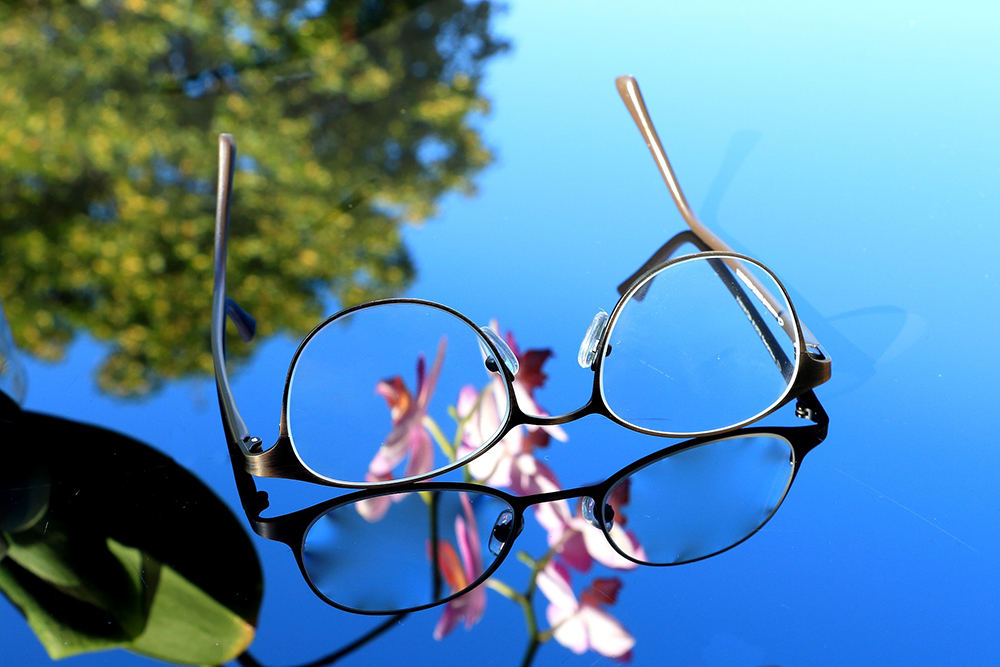The month of February is Low Vision Awareness Month. And what exactly is low vision awareness month? Better yet, what is low vision? First lets start with low vision. Low vision is visual impairment that is not correctable through traditional means, such as corrective lenses, medication, surgery or contact lenses. Often characterized by partial sight, such as blurred vision, tunnel vision or blind spots. The most common reason for low vision in the US is age-related macular degeneration or AMD. Diabetic retinopathy and cataracts are up there too. Other injuries and diseases can cause low vision too like strokes, brain traumas or other diseases.
Anyone can be affected by low vision, adults and children alike. Conditions like albinism or optic nerve damage an result in low vision too. But on the whole low vision is most prevalent in adults and Seniors.
Treatment for low vision requires different approaches for each individual. Treatment plans will be specified based on specialized optical systems, prescription glasses, video magnification, non-optical or medical rehabilitative therapies to maximize the patients remaining vision. All of this will help with activities of daily living or ADL”S. ADL’s are bathing, dressing, grooming, eating, shopping, etc. Many people use visual aids to help them enhance or contrast objects and lessen glare.
During Low Vision Awareness Month Advanced Eyecare Optometry encourages everyone to have a complete eye exam. Annual eye exams increases the chances of early detection and diagnosis of conditions that may lead to vision loss.
For more helpful eye care and vision care tips, please visit our main blog page.
Source: worldcouncilofoptometry.info/

